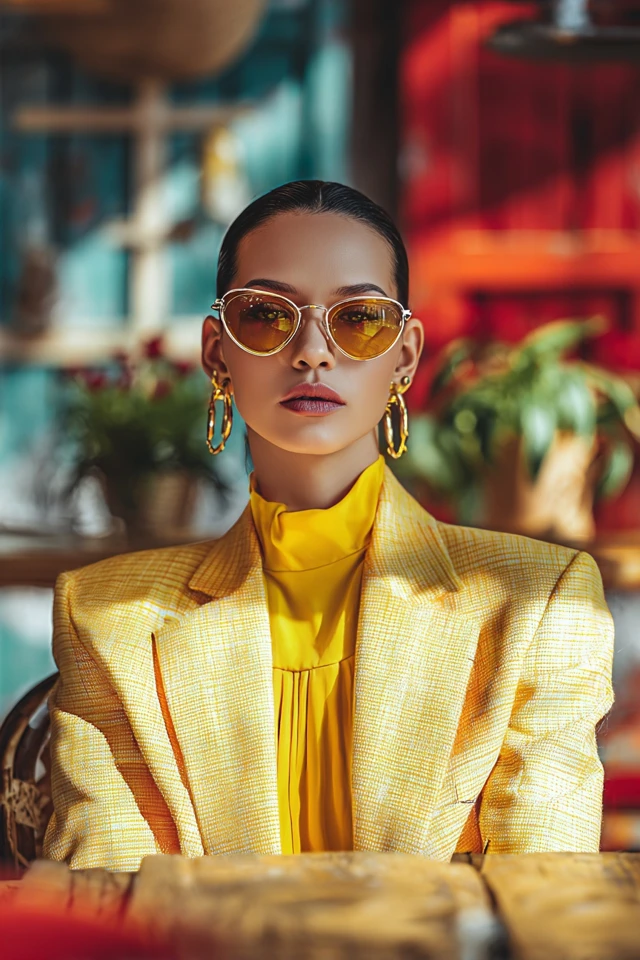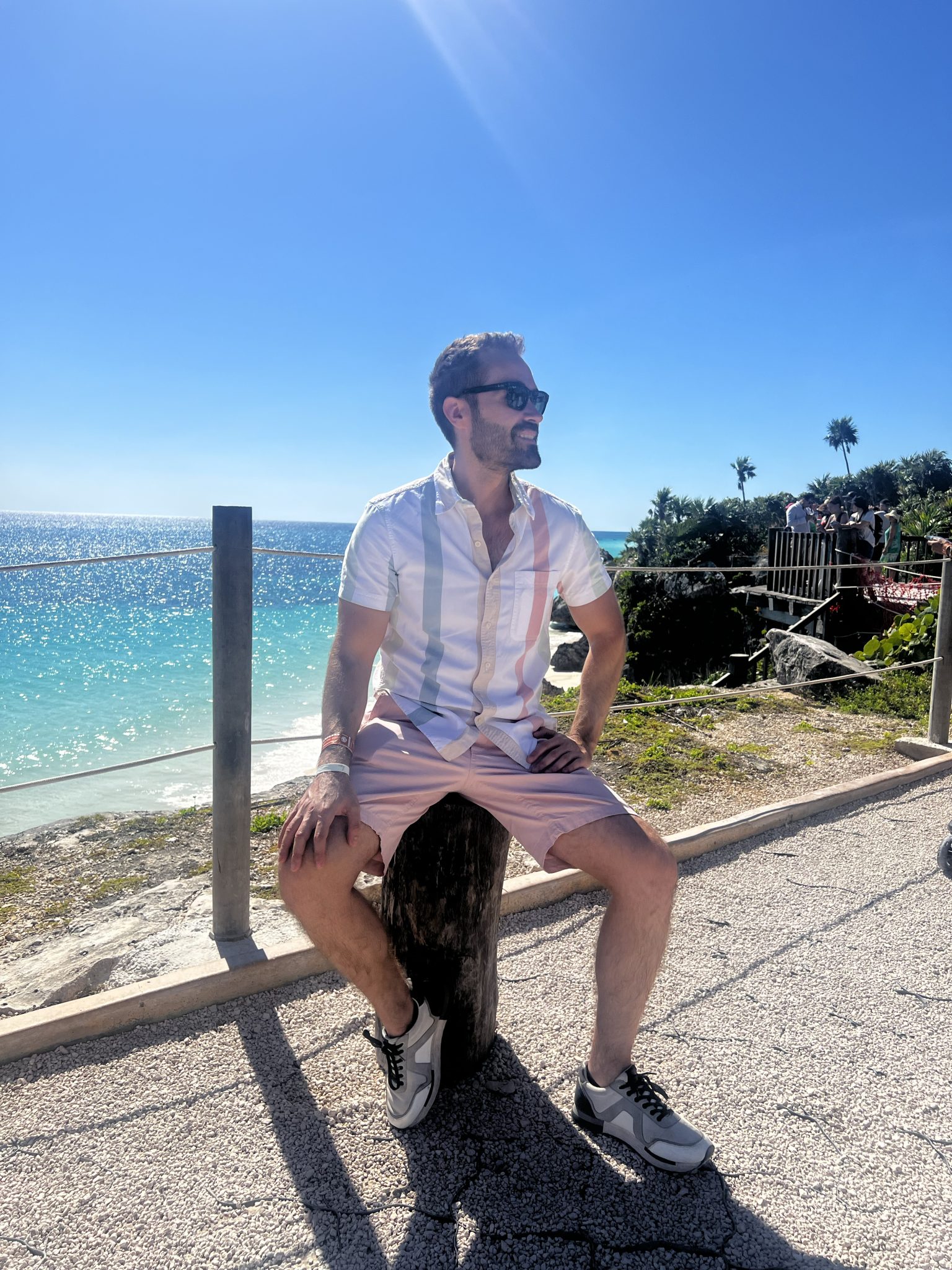Introduction
Stepping into my first corporate role after graduate school, I vividly recall the feeling of uncertainty not about my skills, but about my appearance. I wanted to embody success and confidence, yet felt lost in the sea of tailored suits and polished shoes. Over the years, developing an understanding of “old money” style—a refined, understated elegance—helped me not only elevate my wardrobe but also transform how I felt walking into any office setting. It wasn’t about flashy logos or trend-chasing; it was about presence, intention, and timeless sophistication.
This journey ignited a passion in me to decode what makes old money office outfits so magnetic and enduring. Old money fashion speaks volumes without shouting. It’s the quiet power of quality fabrics, balanced cuts, and rich, mood-enhancing colors that aligns perfectly with research in color psychology and perception. When you dress thoughtfully, you communicate credibility, poise, and professionalism before uttering a single word.
About the Author and My Trend Boutique
Why does this matter? In today’s fast-paced, visually driven world, first impressions often hinge on attire, especially in the workplace. For ambitious professionals eager to command respect and foster genuine confidence, understanding how to blend old money aesthetics with modern trends provides a powerful edge. This post will explore how to harness classic style principles, the science behind color and confidence, and practical steps to craft office outfits that inspire both self-assurance and admiration.
Foundational Concepts
Before diving into styling tips, it’s vital to ground ourselves in a few foundational ideas that shape effective office dressing: color psychology, trend forecasting, and the timeless strategy of dressing to impress.
Color Psychology
Color isn’t just a superficial choice; it profoundly impacts emotions and cognition. Extensive psychological research demonstrates that colors influence mood, perception, and even decision-making. For example, navy blue exudes trust and calm authority, which is why it’s a staple in corporate wardrobes. Women wearing tones of blue are often perceived as more reliable and competent—a crucial message during presentations and negotiations.
Conversely, warmer colors like red signal confidence and power but must be used strategically to avoid overpowering the workplace’s conservative vibe. Understanding how different hues psychologically affect you and others can guide intelligent, impactful ensemble choices.
Trend Forecasting
While old money style emphasizes timelessness, incorporating selective contemporary trends ensures your look feels fresh rather than dated. Trend forecasting involves analyzing emerging colors, cuts, and fabric innovations from runway shows, fashion reports, and consumer behavior studies. For example, tonal dressing and textured fabrics have recently seen resurgence, complementing classic lines rather than replacing them.
Staying attuned to trends without slavishly following them allows you to craft elevator pitches through your clothes—presenting yourself as both credible and culturally savvy.
Dressing to Impress
Dressing to impress in the office isn’t merely about vanity but psychological priming. When you wear clothes that fit well, align with your style, and make you feel your best, your confidence visibly shifts. Research links clothing with performance: people dressed in professional, well-constructed outfits tend to display increased productivity, creativity, and social acceptance.
Old money dressing harnesses this principle by promoting subtle luxury and craftsmanship, sending signals of stability, discipline, and respect. It’s an investment in both your outward brand and inner poise.
Picture Gallery
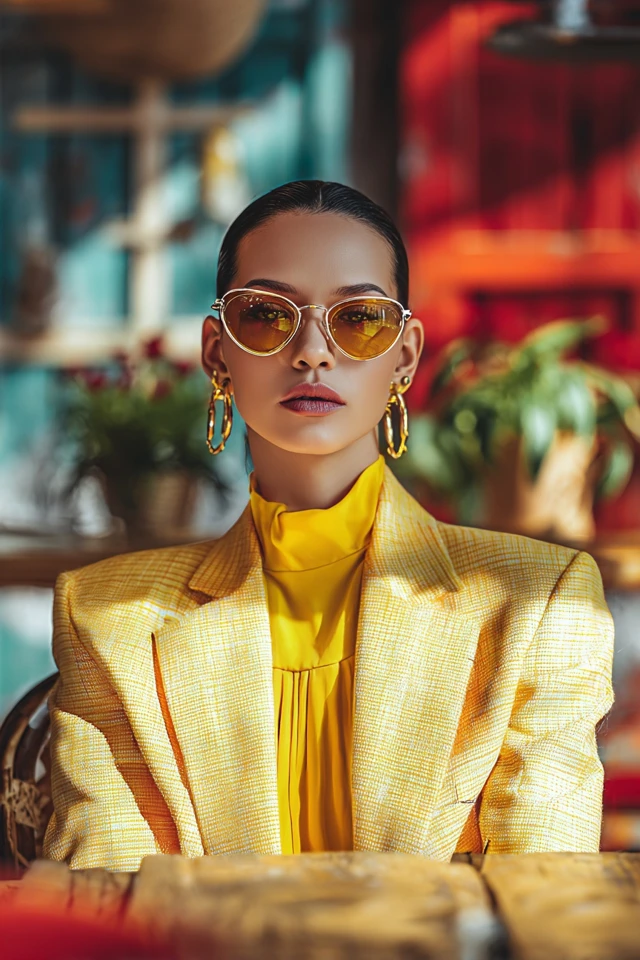
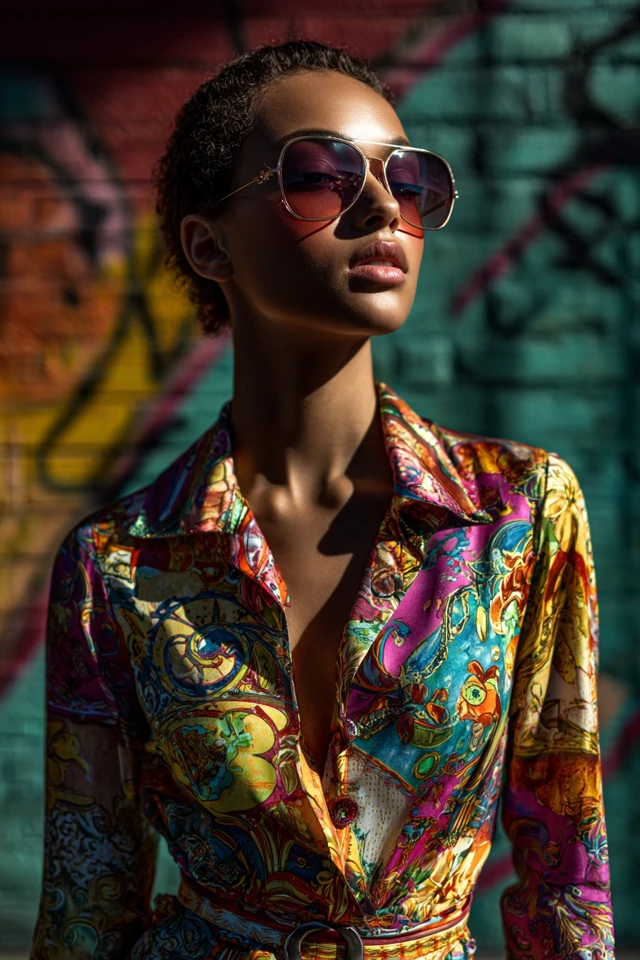
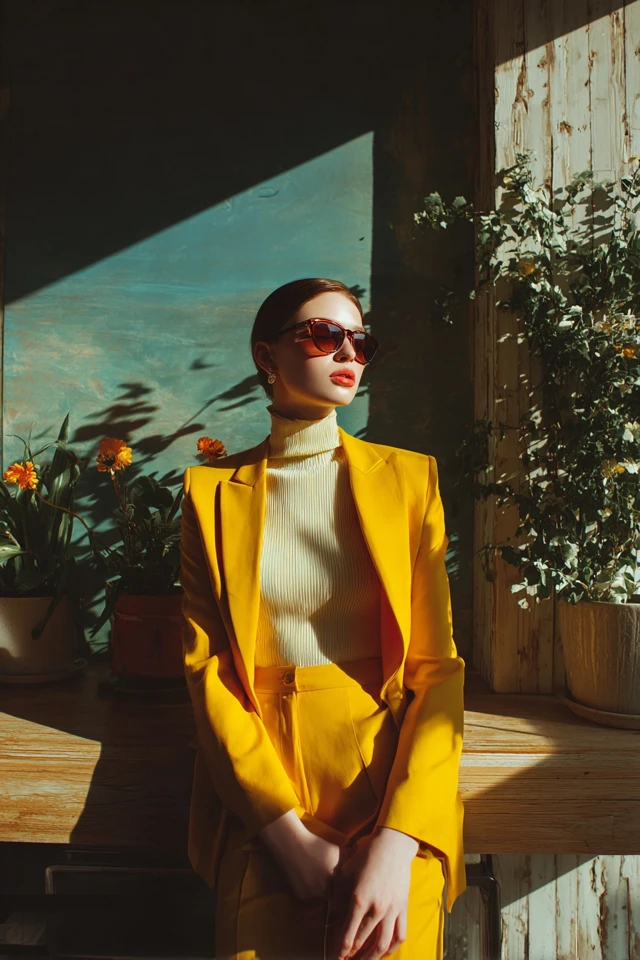
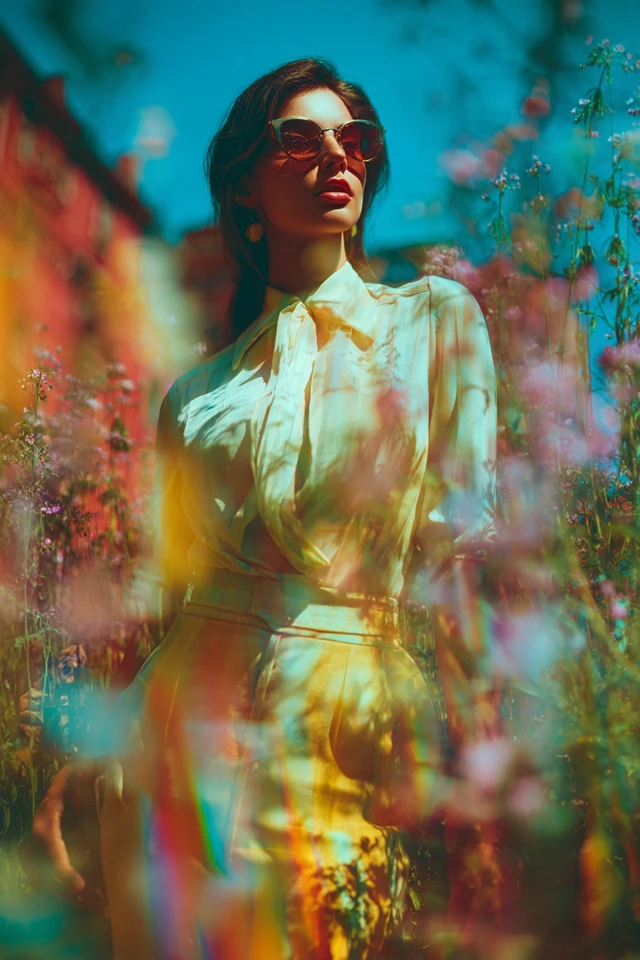
Color Psychology & Emotional Impact
Colors speak a silent language that deeply influences how you feel and how others perceive you in professional settings. Understanding this language can be transformative for office attire.
- Blue: Universally associated with calmness, trust, and professionalism. Navy and muted blue shades foster approachability and authority simultaneously. For women leading meetings, a navy blazer or dress can subtly communicate reliable leadership.
- Gray: Symbolizes neutrality, balance, and sophistication. A charcoal gray suit or pencil skirt anchors your outfit in professionalism without appearing intimidating.
- Burgundy and Deep Greens: These jewel tones evoke refinement and understated richness, ideal for adding personality while maintaining gravitas.
- Soft Whites and Creams: Reflect cleanliness, simplicity, and freshness—perfect for blouses or lightweight layers that soften the overall look.
- Black: Conveys power, timelessness, and elegance. Use judiciously in the office—black works best for sharp tailoring or accents, as all-black can sometimes feel too severe.
On a psychological level, wearing colors that resonate with your personal energy elevates self-confidence, enhancing your executive presence. Scientists studying first impressions find that color choice affects perceptions of credibility and warmth within moments of meeting someone. For example, a tailored beige blazer paired with a soft-colored blouse can evoke both approachability and competence—key traits in workplace rapport building.
When curating your old money office wardrobe, think beyond aesthetics and consider emotional resonance. Building a palette rooted in color psychology empowers you to shape the atmosphere you create, whether in collaborative brainstorming or formal client meetings.
Personal Style & Body Type Considerations
Old money fashion celebrates natural elegance tailored to individual bodies and complexions rather than forcing trends outward. Here are essential styling guidelines by body type and skin tone to ensure flattering, confident dressing.
Silhouettes
- Hourglass: Emphasize balanced proportions with structured blazers and belted waists. Pencil skirts and tailored trousers evoke signature sophistication.
- Rectangle (Straight): Create curves with peplum tops, asymmetric details, or layered pieces. Soft draping fabrics add feminine fluidity.
- Pear: Highlight the upper body with tops featuring subtle embellishments or bold collars. Opt for A-line skirts or bootcut trousers to balance hips.
- Apple: Draw attention upward with V-necklines or statement jewelry; opt for slightly loose trousers or skirts that skim without clinging.
Fabrics
Invest in quality natural fibers like wool, silk, cashmere, and cotton blends. They drape elegantly, breathe well, and age gracefully—hallmarks of old money style. Avoid overly shiny or synthetic materials that disrupt the understated aesthetic.
Hues by Complexion
- Cool Undertones: Select jewel tones such as emerald, sapphire, and amethyst. Crisp whites and cool grays complement cool skin beautifully.
- Warm Undertones: Embrace earthier shades—camel, olive, mustard, rust—and warm ivory for harmony with golden or peach skin hues.
- Neutral Undertones: Versatility is your strength. Experiment with both cool and warm palettes to find your personal bests.
Quick Checklist: Find Your Old Money Wardrobe Soulmate
- Do you know your undertone and preferred color families?
- Have you identified silhouettes that highlight your unique figure?
- Do your fabrics reflect quality and comfort?
- Are you blending classic cuts with subtle modern details?
- Have you curated a palette that emotionally supports your confidence?
Answering these questions clarifies your style direction, helping you assemble outfits that feel both authentic and polished.
Current Trends & Timeless Classics
Modern office style isn’t about replacing heritage with fleeting fashion fads; it’s about harmoniously integrating them. The current fashion landscape favors minimalism with textural and tonal richness—perfect companions to old money pieces.
- Tonal Dressing: Wearing varying shades of the same color from head to toe creates subtle sophistication. For example, pairing a light camel blouse with a deeper chestnut skirt and blazer elevates your silhouette without fuss.
- Relaxed Tailoring: Slightly looser cuts on blazers and trousers offer breathable refinement while honoring structured shapes. This blend balances comfort and elegance—crucial for demanding days.
- Soft Neutrals and Pastels: Cream, taupe, blush, pale blue, and soft sage can be incorporated as blouses, scarves, or accessories, invigorating classic suits.
- Vintage-Inspired Details: Elements like pearl buttons, fine pinstripes, or subtle pleats add dimension to otherwise simple office wear.
Meanwhile, evergreen staples remain indispensable:
- The navy blazer, with impeccable structure and fit.
- A charcoal or mid-gray pencil skirt or tailored trouser.
- Crisp white button-down shirts crafted from cotton or silk.
- Leather loafers or pointed-toe flats in neutral shades.
- Minimalist gold or silver jewelry with classic shapes.
Mastering the art of mixing a classic cashmere cardigan with a trending tonal skirt or pairing timeless leather pumps with a relaxed-fit blazer ensures your wardrobe is both current and enduring. Fashion is cyclical, and when you root your choices in timeless classics, trends become intentional accents rather than risky experiments.
Practical Tips & Recommendations
Translating old money style into your daily work attire begins with strategic shopping and thoughtful garment care:
- Invest in Quality over Quantity: Prioritize well-made, classic pieces in neutral color families. These serve as the foundation of your wardrobe, providing versatility and longevity.
- Fabric Focus: Always check fiber content; natural fabrics such as wool, silk, and fine cotton elevate both appearance and comfort.
- Layering Expertise: Master layering light sweaters, structured blazers, and silk scarves to add sophistication and visual interest without bulk.
- Accessorize Mindfully: Choose understated jewelry: thin gold chains, pearl studs, and slim leather belts. Avoid overly flashy logos or oversized pieces that detract from elegance.
- Color Combos to Try:
- Soft beige blazer with cream silk blouse and navy trousers
- Charcoal pencil skirt framed by a burgundy cashmere sweater
- Muted olive jacket paired with ivory shirt and camel skirt
- Navy dress with a delicate gold pendant and tan loafers
- Wardrobe Maintenance: Regularly steam or dry clean delicate fabrics, invest in quality hangers to maintain shapes, and store out-of-season pieces properly to preserve fabric integrity.
- Smart Shopping: Visit specialty boutiques or invest in bespoke tailoring for the perfect fit—nothing conveys old money elegance better than garments made to measure.
These actionable steps not only elevate your style but support sustainable fashion habits, reinforcing the values of timelessness and quality that old money aesthetics celebrate.
FAQs
- Q: How do I find my signature office color within old money style?
A: Start with your complexion and undertones, then experiment with classic palettes like navy, camel, or burgundy. Pick what resonates emotionally and complements your confidence. - Q: Can old money office style adapt to a tight budget?
A: Absolutely. Focus on building a capsule wardrobe of versatile, well-made basics from thrift stores or affordable brands with quality fabrics. Prioritize fit and fabric over brand names. - Q: How many timeless classics should I own for an office capsule wardrobe?
A: Aim for around eight to ten core pieces—such as tailored blazers, trousers, pencil skirts, and button-down shirts—that can mix and match effortlessly. - Q: Are accessories important in dressing to impress for the office?
A: Yes. Minimal, refined accessories subtly enhance an outfit’s polish and boost presence without overshadowing your professionalism. - Q: How do I incorporate trends without losing the old money feel?
A: Integrate trends sparingly as accents—a trending color blouse or textured sock with classic suits. Steer clear of overtly flashy or fast-fashion items.
Conclusion
Old money office outfits represent more than a dress code; they are a lifestyle choice that blends psychological insight with sartorial craft to influence how you feel and how the world perceives you. By understanding color psychology, honoring your body and complexion, and synthesizing classic elements with subtle contemporary trends, you create a personal brand of grace and power that stands the test of time.
Remember that fashion is also a deeply personal form of self-expression. I encourage you to experiment with colors, silhouettes, and textures that speak to your unique story even within the framework of timeless style. Your wardrobe should be a source of confidence, a trusted partner in your professional ascent.
Feel inspired to share your thoughts, wardrobe wins, or questions in the comments below. If you found this guide helpful, don’t forget to subscribe for more insights on style, color psychology, and dressing to impress. Together, let’s

